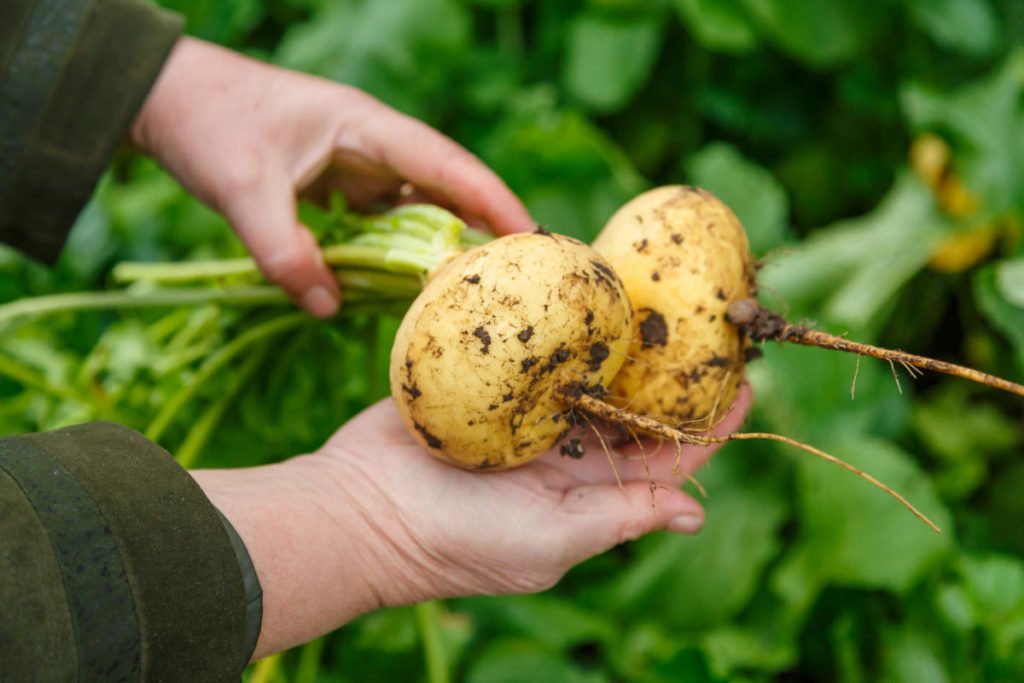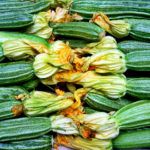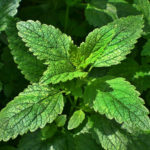Today I want to share with you the experience of growing turnips, talk about the types and varieties of this undeservedly lost popularity of root. But turnip is much more useful than potatoes, in addition to many trace elements it contains glucoraphanin, which reduces the likelihood of cancer and diabetes
Turnip sowing
Just like radishes, turnips are usually sown directly into the ground. Seeds are small, so gardeners mix them with sand or glued to the paper — this avoids the further thinning out of seedlings.

The turnip likes a light slightly acidic soil. To avoid excessive acidity, you can fertilize the soil with wood ash.
Seeds are sown in well-loosened soil to a depth of 1.5-2 cm.
When to sow turnips
If you plan to eat it in the summer, it is best in early may (temperature +2 °C..+3 °C is enough for the seeds to come up, turnip is cold-resistant enough). If turnips are intended for storage or for consumption in autumn, sow close to the middle of the summer.
Predecessors
It is desirable that the precursors of the turnip greens were cucumber, carrot, potato or tomato. In any case, not cruciferous (cabbage, radish), otherwise the harvest will be worse.
Care for turnips
Care is weeding, hoeing, watering, weeding and fertilizing.
Weeding
It is necessary that the roots grow well in breadth. You will have to thin out the shoots.

Maybe even more than once. Turnips grow well when there is enough free space.
Hoeing
Combine with weeding. It is necessary to saturate the soil with oxygen. Before the first loosening some gardeners recommend to sprinkle the ground mustard or ashes to frighten off from germination of cruciferous flea beetles.
Irrigation
The norm of water consumption when watering turnips at the initial stage of growth is 5-6 liters per 1 sq m. When you see that the roots have begun to form, the norm should be reduced to 3-4 liters.Watering should be 1-2 times a week, depending on the weather. Do not allow the soil to dry — root crops can get a bitter taste.
Additional fertilizing
Feed turnips mineral fertilizers can be twice for the entire period of growth.

In principle, if the soil is rich and fertilized, then this is not required.
Harvesting
It is very important to pull turnips out of the ground in time. When do you need to remove turnips?

If you sowed it in the spring, then by mid-summer there should already be good roots. Summer turnips can be kept in the ground until frost.
It is worth paying attention to the timing of ripening of a particular variety — usually this information is written on the bags of seeds.



















